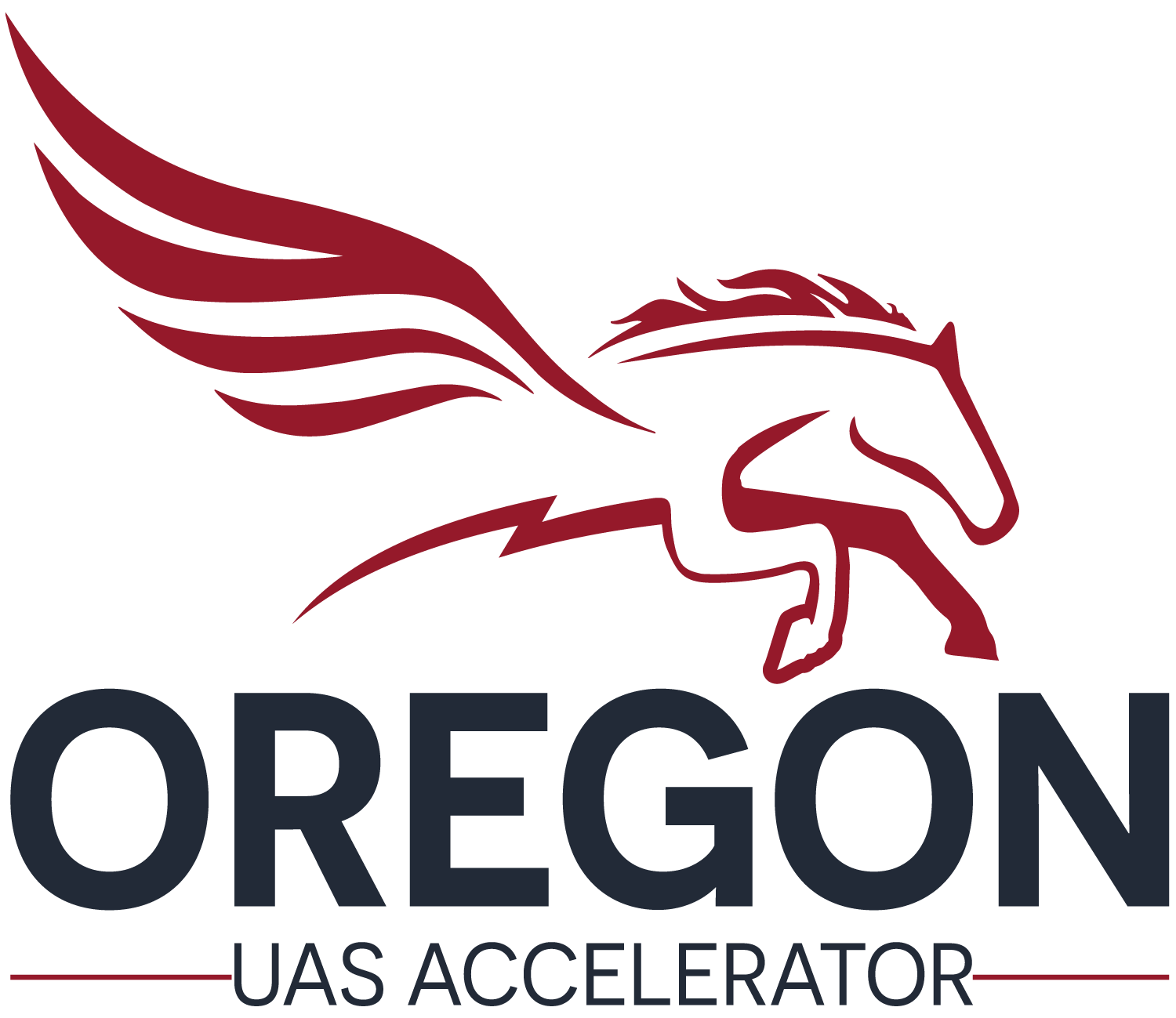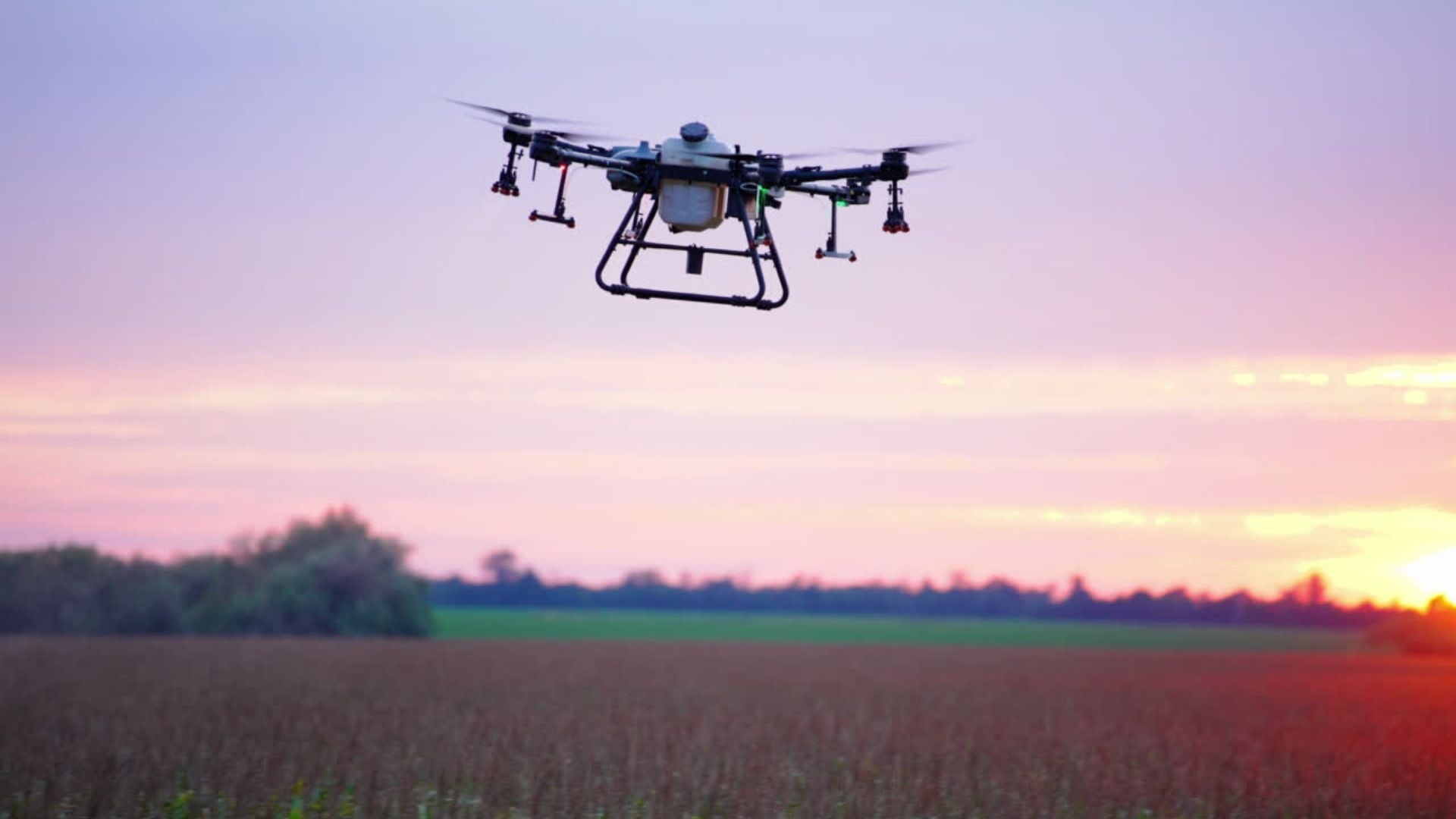With increasing applications for robotics, evolving regulations, and the growing need for advanced aerial solutions, both startups and established companies recognize that collaboration is essential to long-term success.
Startups bring technical breakthroughs, specialized solutions, and agility, while established firms provide infrastructure, market access, and capital. Forming and sustaining these partnerships requires careful planning, clear objectives, strategic execution and solid relationships.
Rather than being purely transactional, successful partnerships are built on mutual benefit, trust, and shared goals. Startups that understand how to approach, structure, and leverage relationships with industry leaders can accelerate growth, validate their technology, and gain market traction. Established companies, in turn, can tap into new innovations without the risks and time constraints of internal development within their corporate structure and policies.
Why Partnerships Matter in the UAS Industry
Startups introduce disruptive technologies and fresh perspectives, but scaling those innovations often requires industry connections and resources. Established companies have the experience and operational capacity to bring solutions to a broader market. When these forces combine, the results can drive industry-wide advancements, improve safety, and enhance commercial adoption, often while reducing the need for investment and diluting your equity.
Key Elements of a Successful Partnership
Aligned Vision and Strategic Goals
A successful partnership starts with a shared vision. Both parties must have a clear understanding of what they hope to achieve. Startups should ensure that their goals align with the larger company’s mission and long-term strategy and visa versa.
Trust and Open Communication
Establishing trust is critical. Open lines of communication, transparency in decision-making, and regular updates help create a strong working relationship. Structured check-ins and defined points of contact can prevent misalignment.
Defined Roles, Responsibilities, and Expectations
A well-structured partnership agreement is essential. It should define roles, responsibilities, success metrics, milestones to track progress, and financial arrangements. Legal frameworks, such as NDAs and MOU can provide clarity and prevent future disputes.
Scalability and Integration into Existing Workflows
For a startup’s solution to be valuable, it must integrate seamlessly with the corporate partner’s existing workflows, systems, and processes. The partnership should be structured to allow for scalability.
Access to Resources, Funding, and Expertise
Startups need support beyond capital. Established companies can provide critical resources, including access to regulatory agencies, infrastructure for testing and deployment, extra staffing and of course potential access to target customers and use-cases to prove the solution and increase maturity.
Pathway to Commercialization
Partnerships should ultimately lead to commercial success. Startups must work with their corporate partners to outline a roadmap for taking their solutions from pilot programs to full-scale market adoption.
How Drone Startups Can Identify and Approach Potential Partners
Develop a Clear Value Proposition
Articulate Unique Benefits: Clearly define what unique technology, process, or capability your startup brings to the table. Explain how it enhances the established company’s product offerings or operations.
Highlight Innovation: Emphasize how your startup’s innovative solutions can address specific pain points or challenges faced by the established company. Make this a win-win.
Conduct Thorough Research and Due Diligence
Understand the established company’s needs: Research the established company’s strategic goals, challenges, and existing partnerships to identify potential areas of collaboration.
Assess Compatibility: Evaluate cultural compatibility, shared values, and alignment of visions to ensure a fruitful collaboration.
Leverage Industry Events and Networks
Attend Relevant Conferences: Attend key UAS events like AUVSI Xponential, Commercial UAV Expo, or industry-specific conferences (Mining, Energy, Utilities, Defence) where your customers gather.
Engage in Accelerator Programs: Utilize programs like the Oregon UAS Accelerator to mature and showcase your technology and build credibility.
Craft a Personalized Pitch
Tailor Your Approach: Develop a personalized pitch that highlights how your solution addresses specific challenges or opportunities within the established company.
Focus on Mutual Benefits: Emphasize the mutual benefits of the partnership, such as access to new technologies or markets.
Build Trust and Relationships
Establish Open Communication: Foster trust by maintaining open lines of communication and transparency in decision-making processes.
Develop Personal Connections: Invest time in building personal relationships with key contacts at the established company to advocate for your startup.
Engage in Collaborative Initiatives
Participate in Joint Projects: Engage in collaborative research projects, grants, or pilot programs as initial engagement points.
Open Innovation Challenges: Participate in hackathons, pitch competitions, demo days, field trial days, etc to demonstrate your capabilities and build partnerships. These are often great networking opportunities as well.
Building the Future of UAS Through Strategic Partnerships
The UAS industry thrives on collaboration, and structured partnerships between startups and established players are key to unlocking new opportunities. While technology and expertise are critical, success ultimately depends on strategic alignment, trust, and execution.
For startups looking to enter or expand in the UAS sector, programs like the Oregon UAS Accelerator provide a crucial launchpad. By connecting innovators with industry leaders, offering mentorship, and providing access to regulatory and testing resources, the accelerator creates an environment where startups can refine their technology, build credibility, and form meaningful partnerships that drive real industry impact.
As the industry continues to mature, those who proactively seek and cultivate strong partnerships will be in the best position to lead the next wave of UAS advancements. Whether you’re a startup developing cutting-edge drone technology or an established company looking to integrate new solutions, now is the time to engage, collaborate, and shape the future of unmanned aviation.
Don’t wait-reach out to the Oregon UAS Accelerator and discover how the right partnership can transform your UAS venture.





Share: